.png)
In this unit, students explore science phenomena of the life forms that live on Earth, analyzing the cellular structures that make up complex organisms and figuring out how different groups of cells work together to keep the organism functioning properly. This page shows extracts from each part of this lesson.
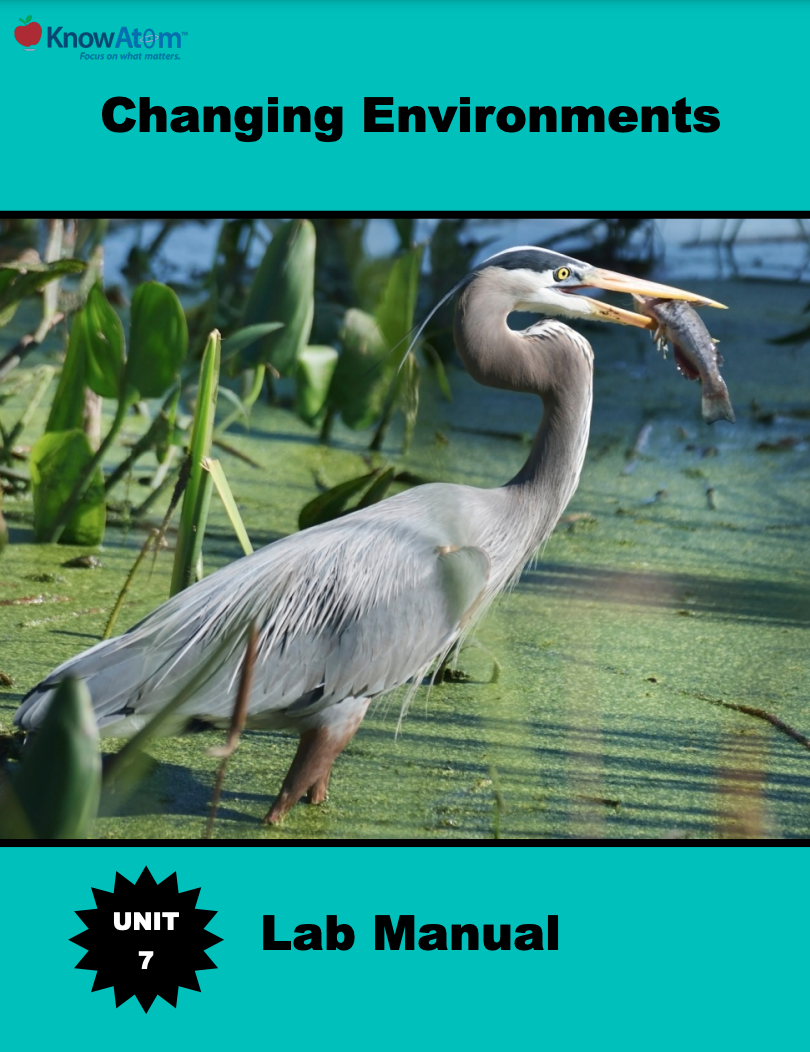
In this unit, students focus on animal populations, studying how all living things interact with and depend on other living things and the environment for survival. For this lesson, students explore how energy and matter move through a particular ecosystem’s food web and can be disrupted by the introduction of invasive species. This page highlights key components of this lesson.
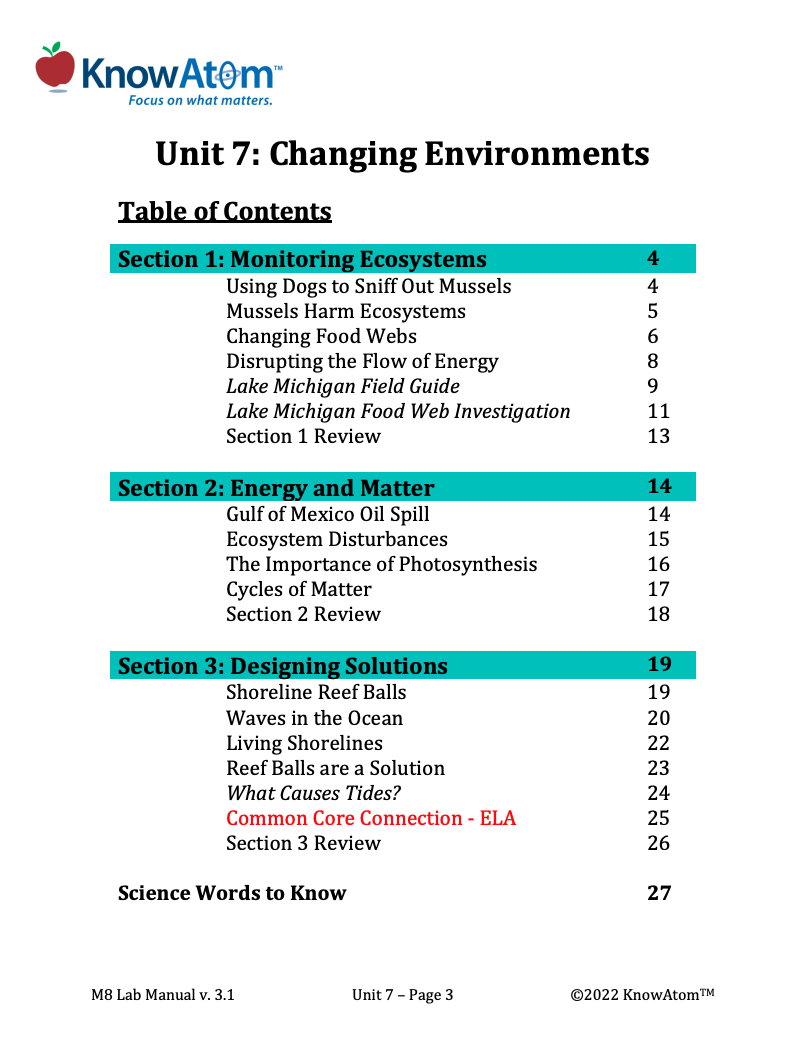
In this unit, students are introduced to the dynamic nature of ecosystems and how disturbances affect them. In this lesson, students observe the effects of an oil spill on the ability of plants to photosynthesize, which can harm an entire ecosystem. This page is a high-level extract of this lesson.
.png)
In this unit, students focus on the relationship between an organism’s cellular structure and the ability of the organism to access energy to carry out essential life functions. Students begin by examining prokaryotic and eukaryotic cells under the microscope and then compare organelles in plant and animal cells in this lesson. This page is a high-level extract of this lesson.
.png)
In this unit, students focus on the organisms that live on Earth’s surface, analyzing how living things are made of cells, which have certain requirements for survival, including food, water, and energy. In this lesson they explore the phenomena of cellular membranes. This page highlights key parts of this lesson.
.png)
In this unit, students explore the organisms that live on Earth’s surface, analyzing how living things are made of cells, which have certain requirements for survival, including food, water, and energy. In this lesson, students figure out the phenomena of energy transfer in living systems with a focus on how energy and matter flow through organisms. This page showcases excerpts from components of this lesson.
.png)
In this unit, students discover how life reproduces at the cellular level, analyzing the science phenomena of how genetic information is stored in chromosomes. In this lesson, students observe mitosis in plants and animals. This page shows key components of this lesson.
.png)
In this unit, students explore the phenomena of rocky shore ecosystems, studying the interactions between living things and the environment. In this lesson they focus on the science phenomena of how organisms interact with one another in an ecosystem. This page showcases key elements from this lesson.
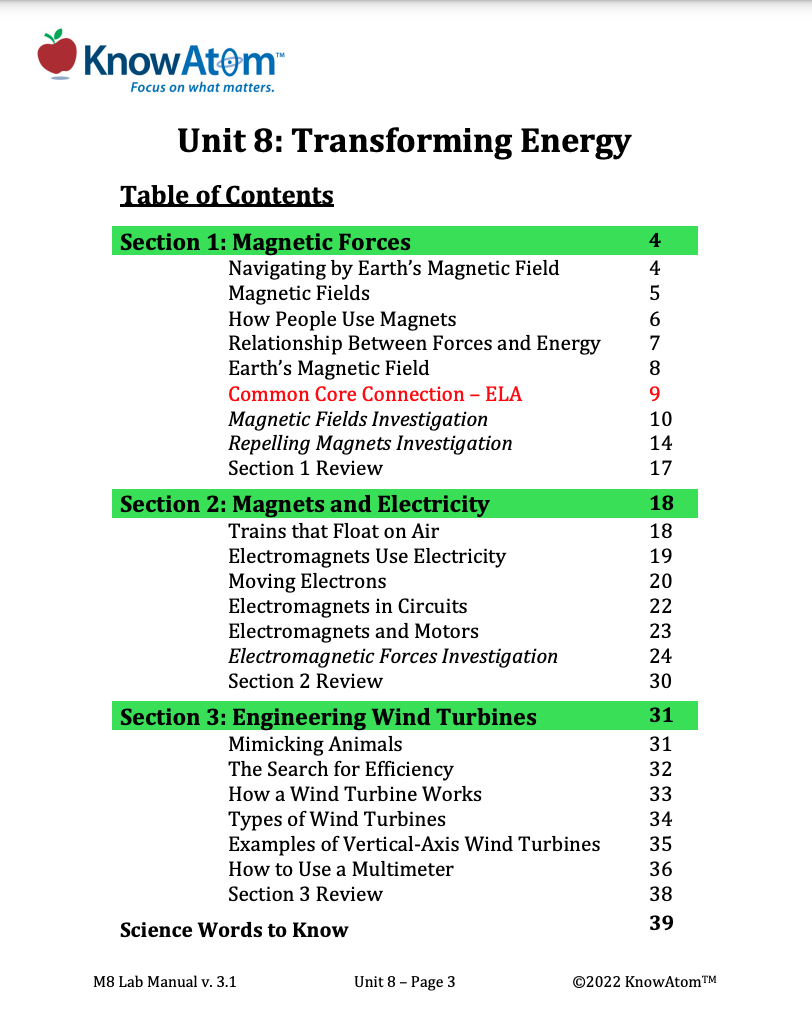
In this unit, students learn about science phenomena related to ecosystems, studying how all living things interact with and depend on other living things and the environment for survival. In this lesson, students explore how humans can create solutions to protect ecosystems by designing an engineering solution for coastal erosion.This page provides an overview of this lesson.
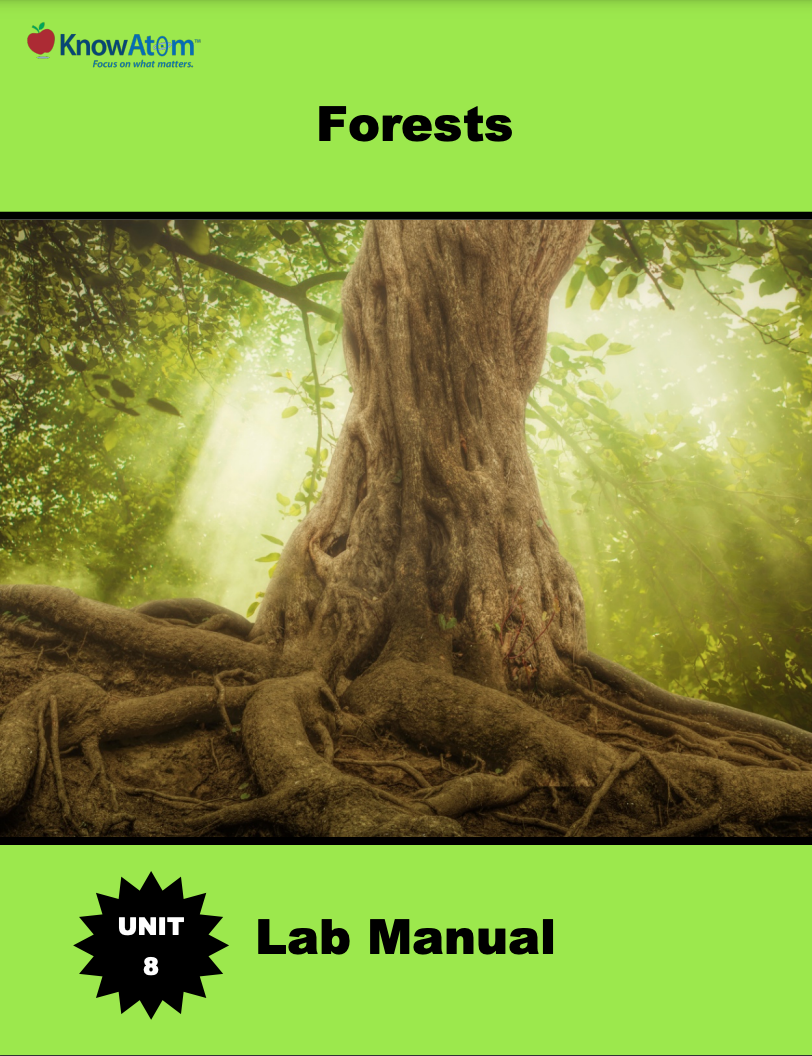
In this unit, students explore the phenomena of forest ecosystems, studying the science phenomena of interactions between living things and the environment. In this lesson, students investigate how plants carry out photosynthesis to convert the sun’s energy into a form of energy they can use to grow and develop. This page highlights key parts of this lesson.
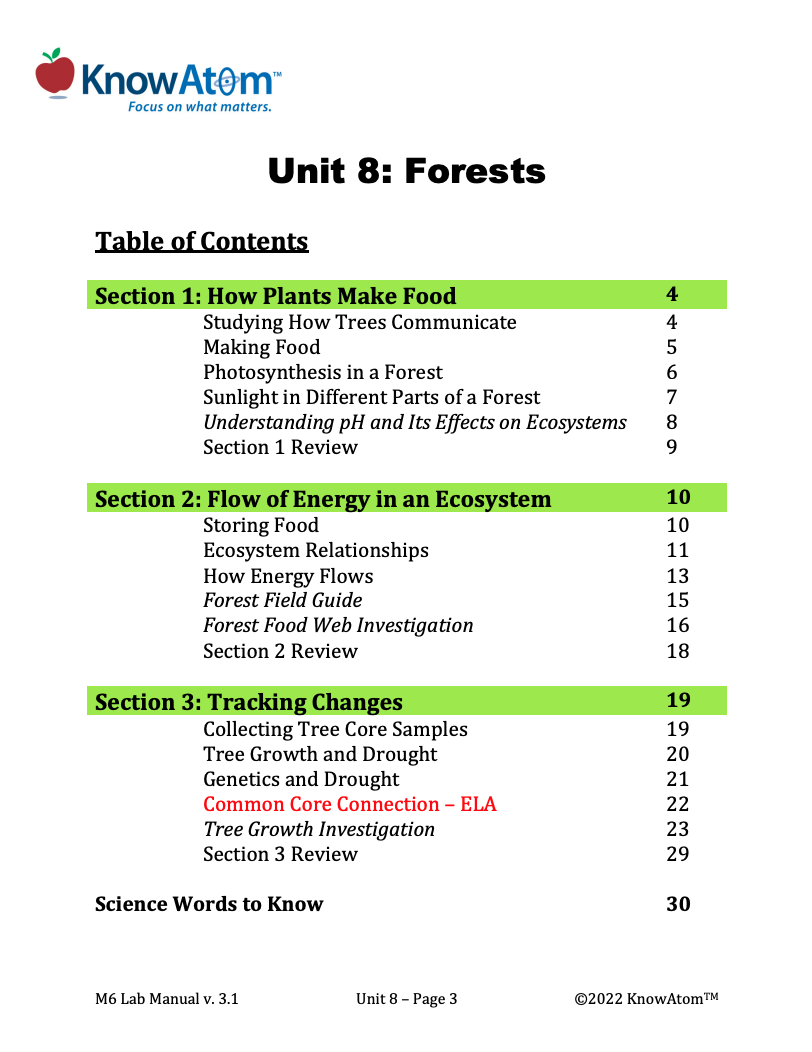
In this unit, students explore forest ecosystems, studying the science phenomena of interactions between living things and the environment. In this lesson, students build on their understanding of how energy affects the growth of organisms by exploring the phenomena of forest food webs, and analyzing how the phenomena of drought can have a ripple effect through the ecosystem. This page showcases all components of this lesson.
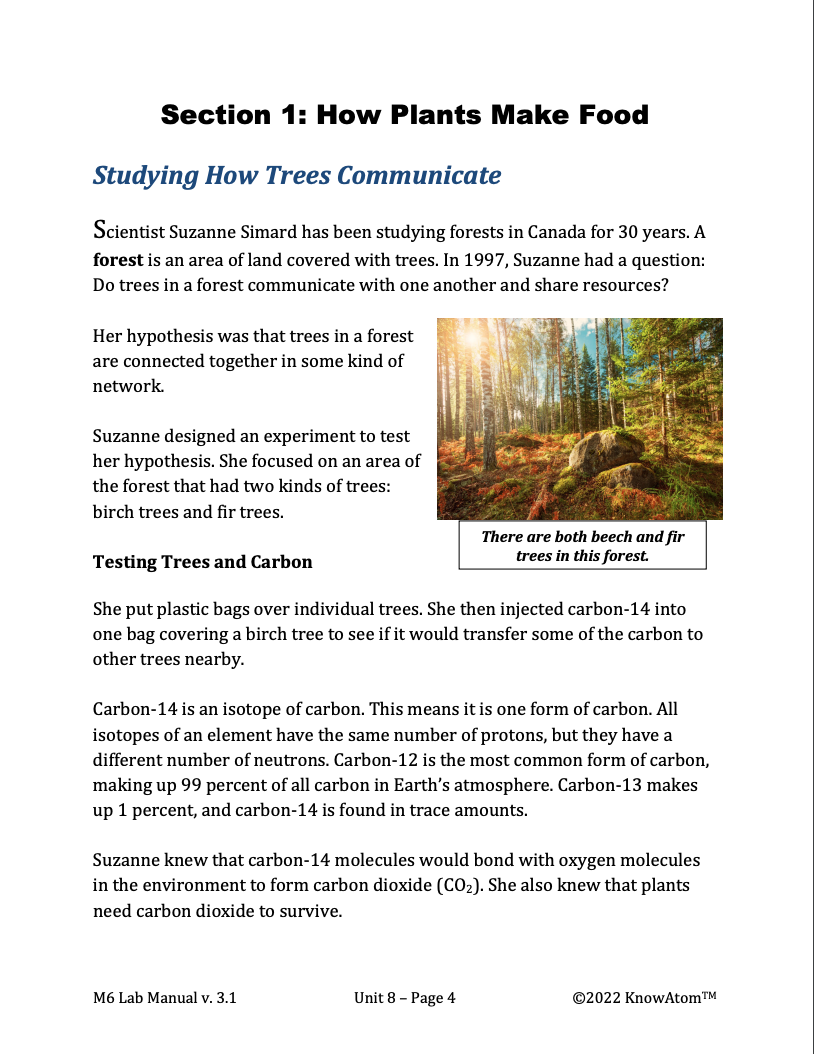
In this unit, students explore forest ecosystem phenomena, investigating the science phenomena of interactions between living things and the environment. In this lesson students discover the phenomena of tree rings and analyze how resource availability affects the ability of different organisms and populations to grow. This page is a high-level extract of this lesson.
Standards citation: NGSS Lead States. 2013. Next Generation Science Standards: For States, By States. Washington, DC: The National Academies Press. Neither WestEd nor the lead states and partners that developed the Next Generation Science Standards were involved in the production of this product, and do not endorse it.
